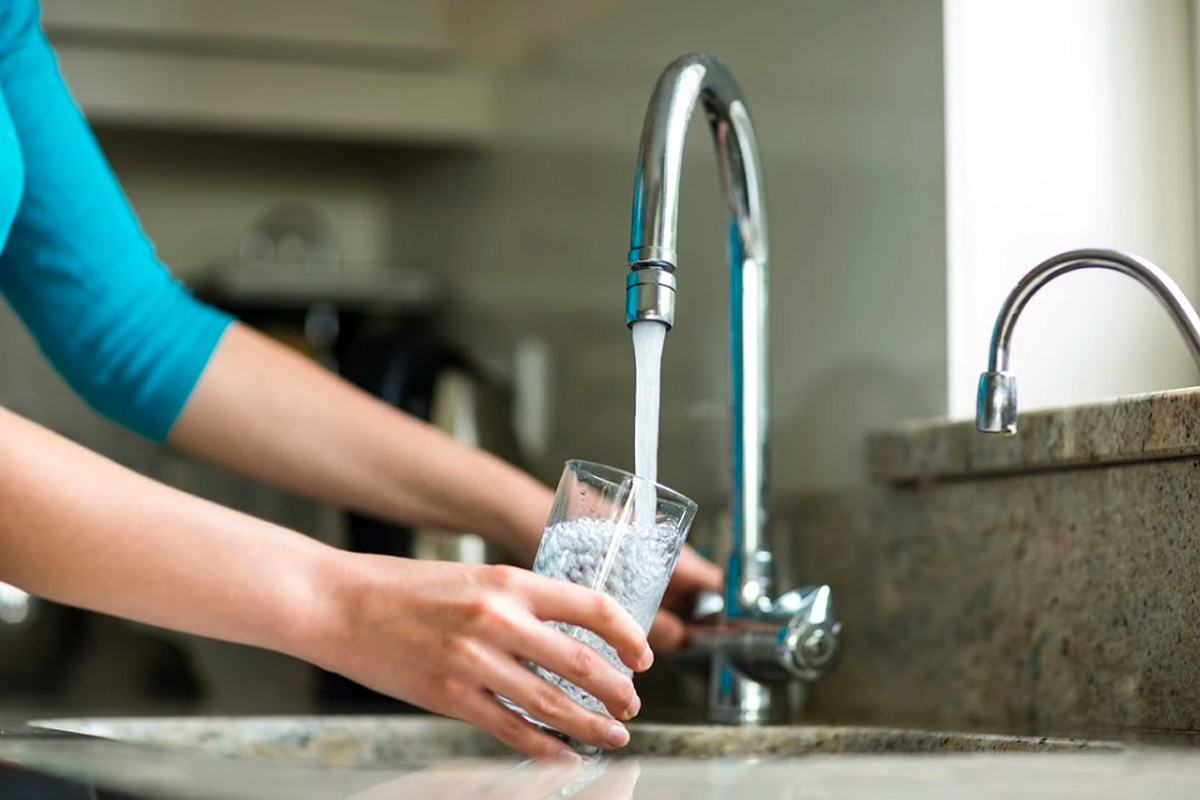Water Saving Tips
Home – Indoor
- Flush only when necessary. Every flush you eliminate can save between two and seven gallons of water. Avoid using the toilet for a wastebasket.
- Reduce water use with a water-efficient toilet. If you don’t have a low-flow toilet, use plastic bottles filled with water and pebbles to displace water in the tank. Don’t use bricks!
- Don’t waste water when brushing your teeth or shaving. Don’t let the water run while you brush your teeth or shave. Turn on the faucet briefly to rinse teeth and use an electric razor.
- Save water with short showers. To be a water saver, install a low-flow showerhead and keep showers under five minutes. Turn off the water to soap up and lather.
- Don’t waste clean water. Plug the bathtub and start the hot water; wait to add cold water until the water in the tub has reached the right temperature. When you’ve finished bathing, use the bath water to clean the tub.
- Stop leaks. Twice a year, check all indoor and outdoor faucets for leaks – even a pinhole leak can waste up to 170 gallons a day! Replace worn-out fixtures, washers, O-rings, and hose connections. Always firmly turn off faucets.
- Wash clothes wisely. Match the washer’s load selector to your load size. Try to wash only full loads and minimize detergent use. More suds mean more water needed to rinse.
- Use a low-suds detergent. Washing clothes by hand can be easier and save water if you use only a small amount of low-suds detergent and pre-soak really dirty items.
- Conserve when cleaning. For heavy cleaning, use water you’ve saved from other household uses, then rinse with clean water. Limit soaps and cleaning agents.
- Use ice to cool water. Cool drinking water in the refrigerator or with ice and not by running the tap. Use leftover drinking water for pets or to irrigate plants.
- Reduce dishwashing. Limit pre-rinse by using a rubber spatula to scrape dishes clean prior to washing. Let really dirty pans or dishes soak to speed washing. Don’t let the faucet run while you clean dishes. Simply rinse the dishes in a plugged sink or a pan of clean water.
- Use fewer dishes. Limit dishwater use to full loads and minimize detergent use. Prepare food with consideration to reducing dishwashing.
- Defrost sensibly. Instead of using running water, plan ahead to defrost foods overnight in the refrigerator, use the microwave, or put wrapped food in a bowl of cold water.
- Consider water-saving appliances. Washing machines and dishwashers that offer load-size and sud-saving settings are good choices.
Home – Outdoor
- Cover your pool or spa. Cover pools and spas to reduce evaporation. Avoid overflows and splashes by reducing water levels. Use wading pool water to irrigate the landscape.
- Save on car washing. Choose a car wash that recycles water. At home, use a shut-off nozzle and wash your car in small sections. Direct runoff to water landscaping.
Check for Leaks
- Firmly turn off all faucets and other water outlets
- A quick check can be made for commode leaks by putting food coloring or a dye tablet into the tank after it has filled and become quiet. If the colored dye appears in the bowl before flushing, you likely have a tank leak.
Water Deeply
- Avoid runoff on slopes by breaking your application into several shorter times. Occasionally check your sprinkler system pattern to ensure full coverage of your landscape and to prevent runoff onto the street and sidewalk.
Drip Irrigation
- Use drip irrigation or soaker hoses to water shrubs or flower gardens. Both systems apply water slowly and directly to the soil.
Mulching
- Mulching keeps the soil cooler and can reduce water demand by 40%! A good 2 inches of mulch yield the best results.

